Business Law Case Study: Torts, Crimes, and Legal Liabilities Analysis
VerifiedAdded on 2023/04/24
|6
|727
|205
Case Study
AI Summary
This assignment presents a case study analyzing various legal scenarios to determine if torts or crimes have been committed. The first scenario involves Walter, who, while driving under the influence, injures a pedestrian. The analysis considers Walter's drunk driving and the pedestrian's jaywalking, applying the principle of contributory negligence. The second scenario examines Walter taking Paula's phone, evaluating whether it constitutes an intentional or unintentional tort. The final scenario involves a mugger drawing a gun on Walter, with the analysis focusing on whether the mugger committed a crime, even though Walter was not injured. The analysis references relevant legal principles and USA Criminal Law to determine the legal implications of each situation.
1 out of 6
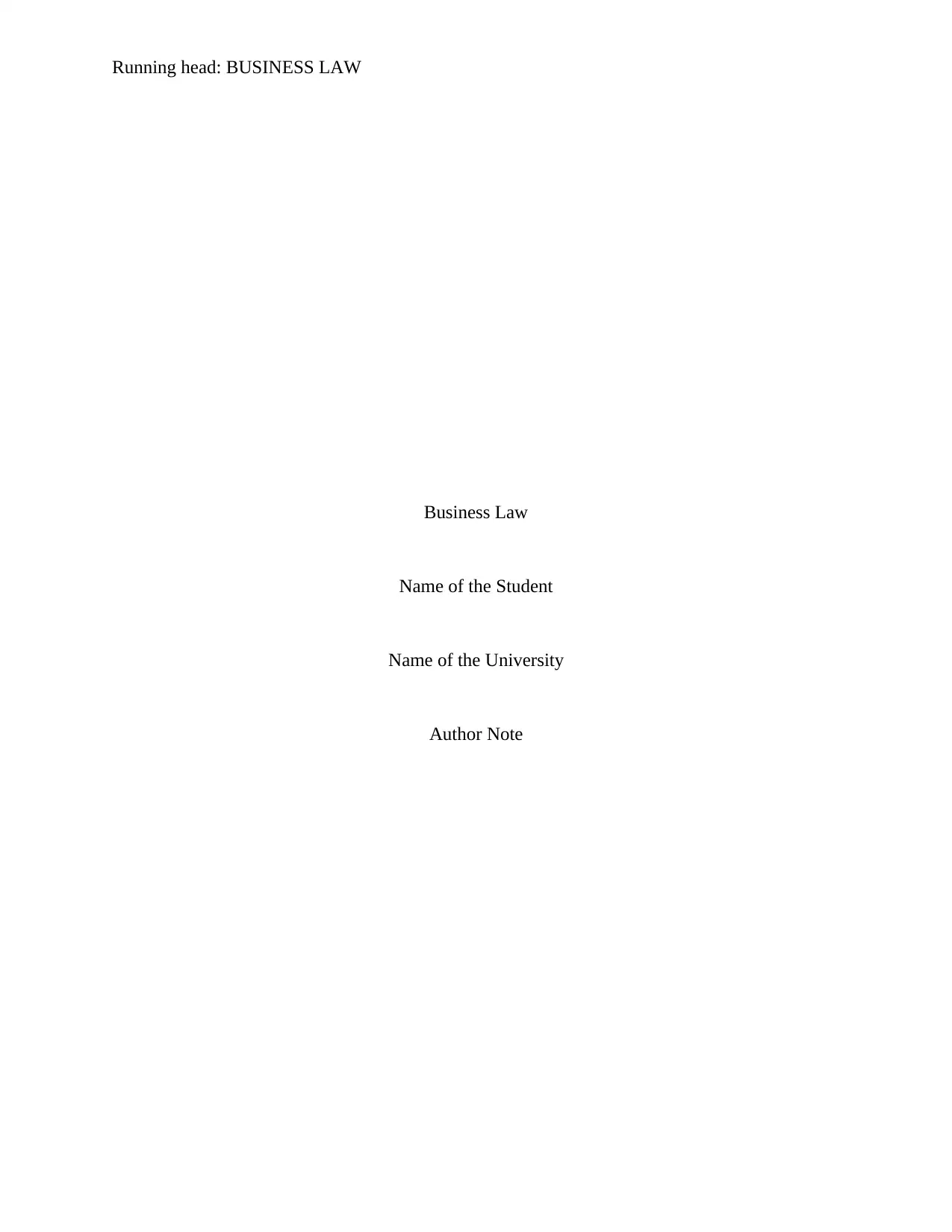
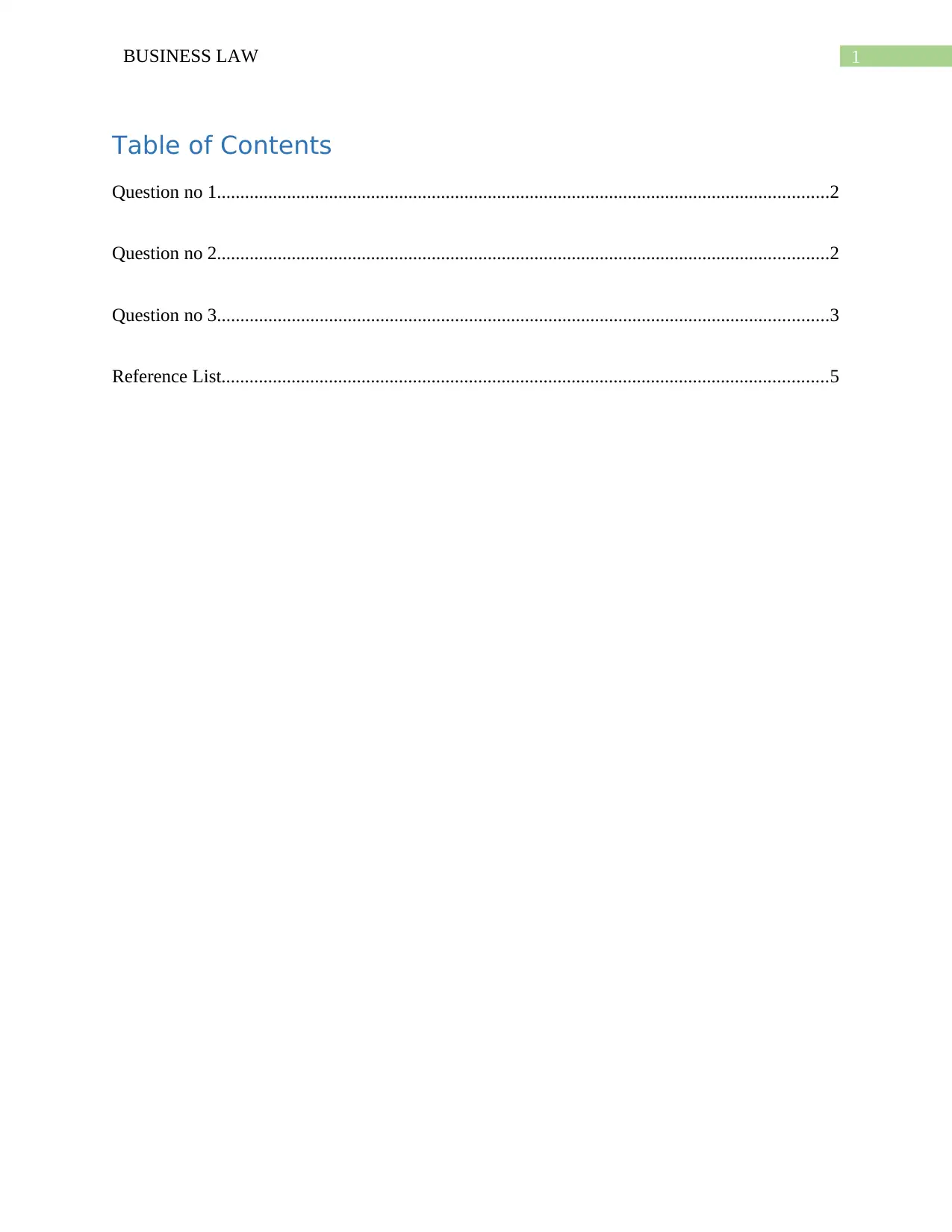
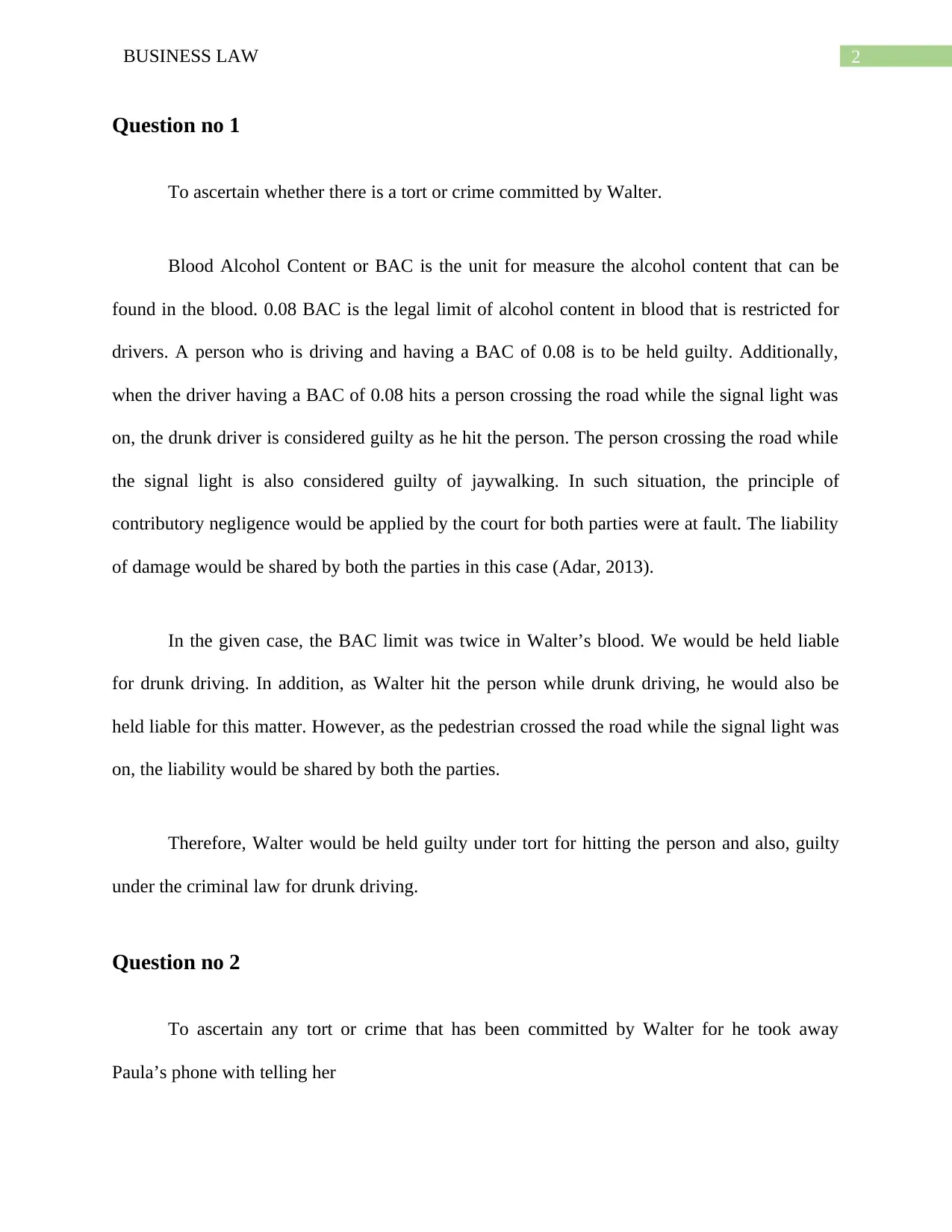

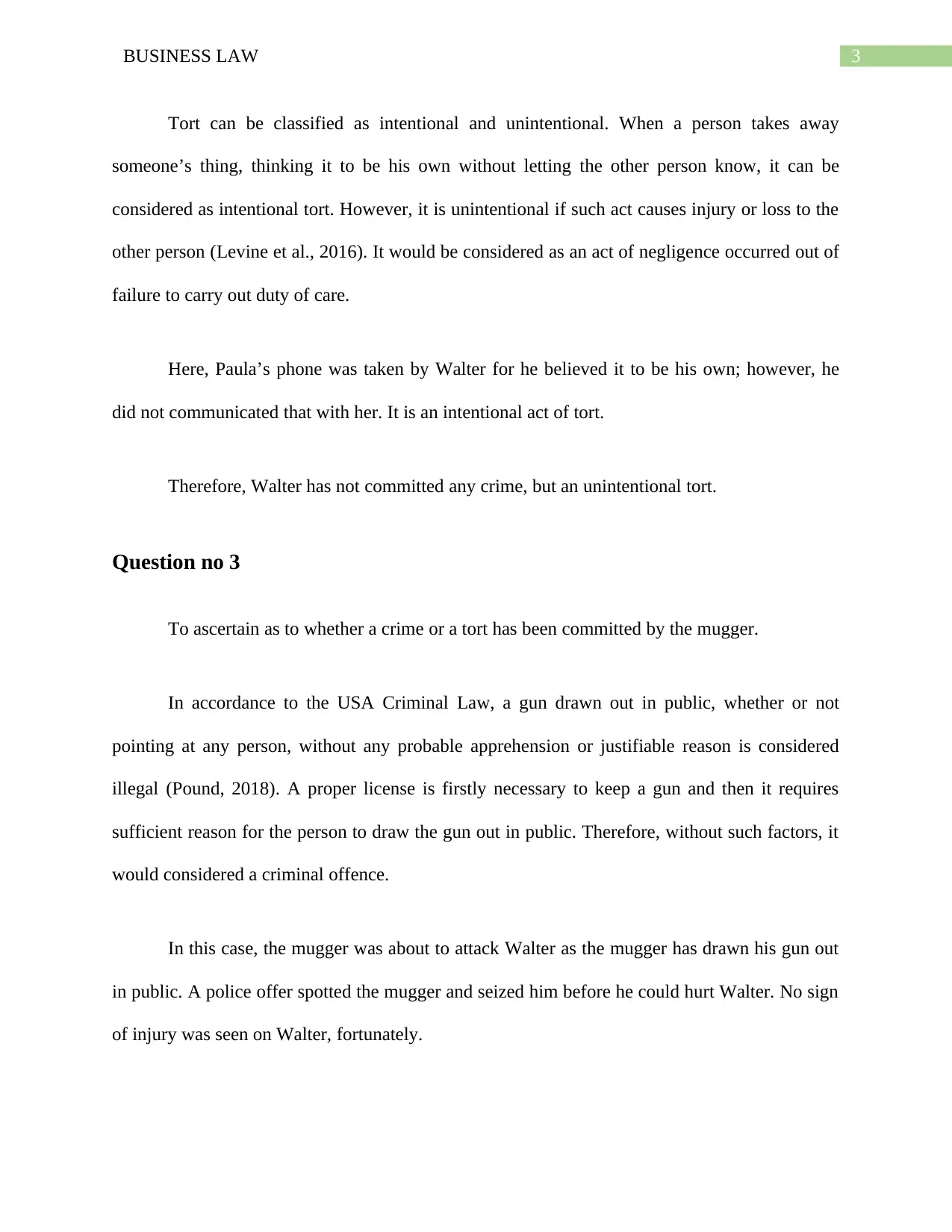

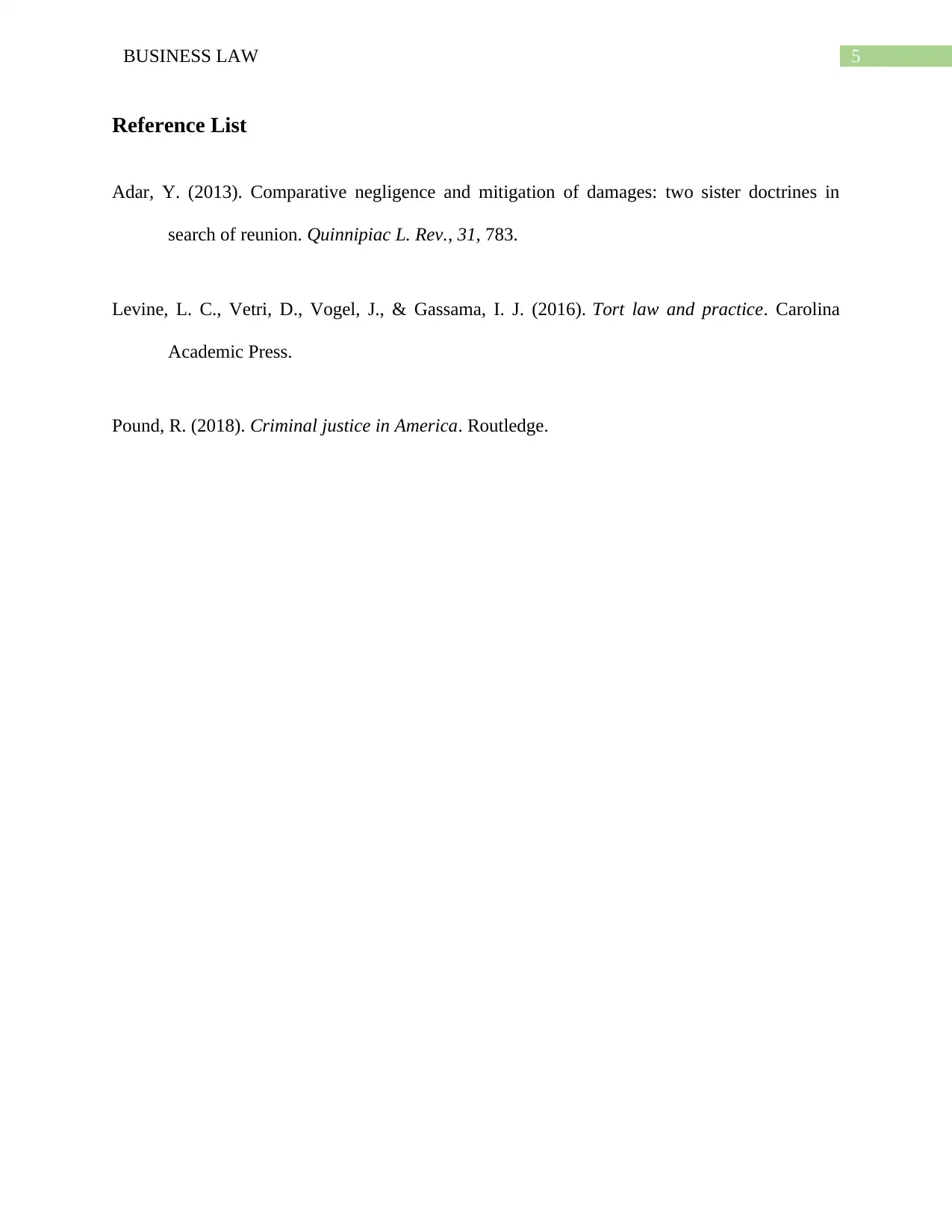


![[object Object]](/_next/static/media/star-bottom.7253800d.svg)